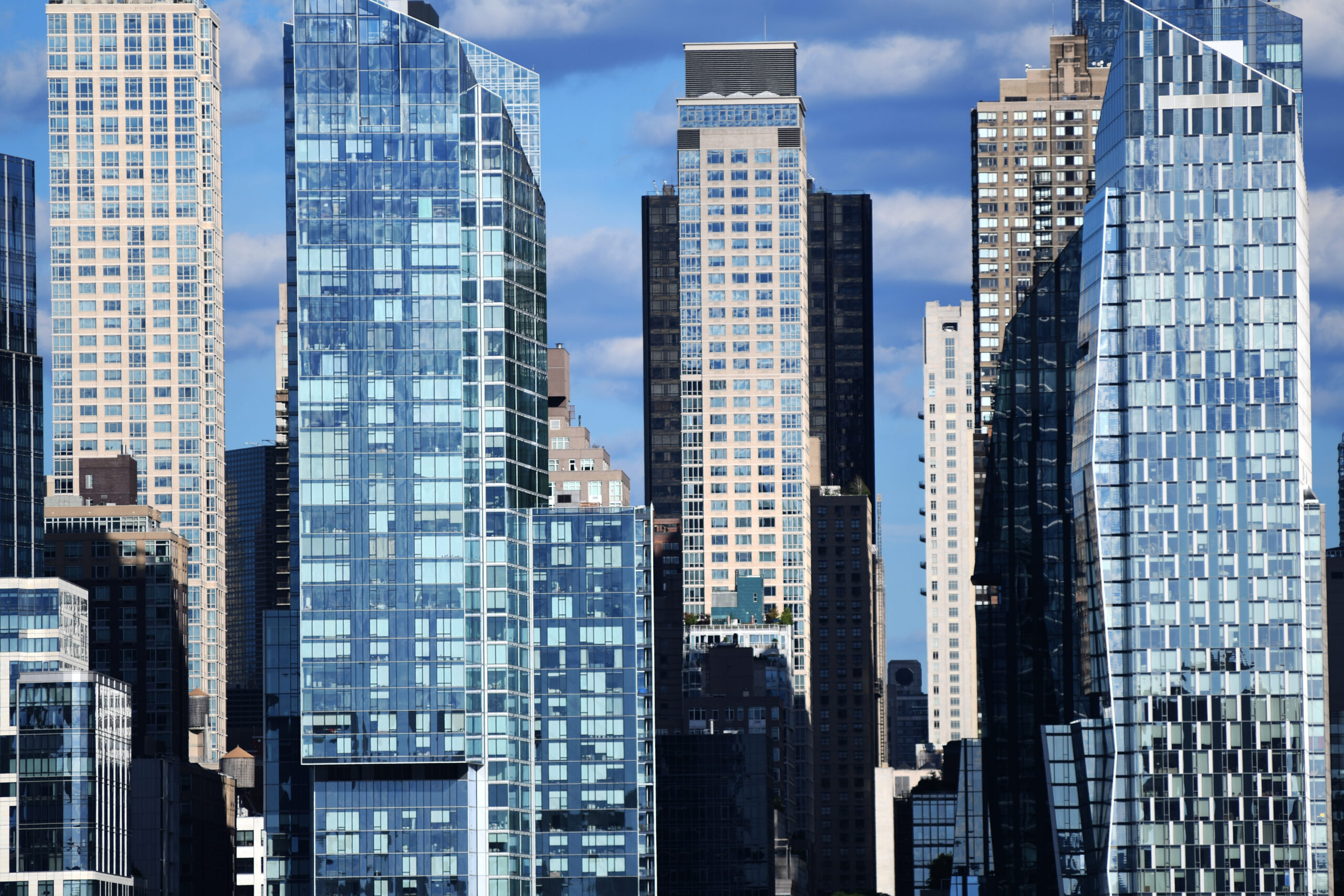Navigating Transformation: Florida’s Condo Landscape Post Champlain Towers Collapse

Two years have elapsed since the catastrophic collapse of the Champlain Towers South condominium in Surfside, an event that devastated the lives of 98 individuals and prompted a profound transformation of condominium safety regulations. This tragedy served as a catalyst for an extensive legislative revamp that set higher standards for building inspections and maintenance protocols. While condominium associations throughout Florida grapple with the task of elevating buildings to meet these new benchmarks, residents are grappling with the reality of potential financial burdens.
Nestled on the opulent Beach Drive in downtown St. Petersburg, the Bayfront Tower stands tall as one of several luxurious condominiums. Erected in 1975, this 29-story edifice boasts a rooftop oasis, a well-equipped fitness center, and convenient access to an array of shops and dining establishments. Its expansive floor-to-ceiling windows frame breathtaking vistas of the glistening Tampa Bay. Throughout the years, the tower has become a haven for prominent city denizens, welcoming architects, judges, entrepreneurs, and even a former governor, Charlie Crist, within its walls.
However, the Bayfront Tower, synonymous with lavish living and upscale amenities, is grappling with a period of transformation prompted by the newly enacted condo legislation. A comprehensive inspection orchestrated by engineers has unearthed an array of pressing concerns. These encompass potential issues with post-tension cables, the integrity of metal framing and exterior stucco, the stability of the garage concrete, and the structural integrity of the roof. While the building’s fundamental soundness was confirmed, the report delineates a potentially multi-million-dollar price tag for the necessary repairs, a process anticipated to span several years. Condo owners are bracing themselves for special assessments, necessitating financial contributions to address these structural imperfections.
Greg Main-Baillie, at the helm of Florida Development Services Group’s Construction Projects, likens the scale of these repairs to that of constructing an entirely new tower. The condominium board, responsible for addressing these issues, remains mum on the specifics of the costs and the timeline, while assuring residents that further evaluations and expert consultations will precede any definitive action.
Residents, while privately apprehensive, are reluctant to openly address these matters due to concerns about potential impacts on property values and potential repercussions from fellow residents. The condo’s inspection report, though sought through public records, has yet to be submitted to the city of St. Petersburg. Meanwhile, Slider Engineering Group, the entity responsible for the assessment, has declined to comment, referring inquiries to the condominium board.
The legislative measures that ensued post the Champlain Towers South collapse are poised to usher in an era of rigorous scrutiny for aging condominiums across Florida, an endeavor geared towards preventing similar incidents. Senate Bill 4-D, a unanimous creation of the Florida Legislature, mandates milestone inspections every three decades and subsequently every decade for condominiums with three or more stories. These assessments will gauge the structural soundness and identify repair needs. Condominiums surpassing the 30-year milestone are required to conduct such inspections before December 31, 2024. Furthermore, these high-rise buildings are obligated to conduct reserve fund studies to ensure adequate financial preparation for maintenance.
The preceding calamity at Champlain Towers South shed light on the dangers of deferred maintenance and inadequate funding. The legislation endeavors to circumvent these lapses, preserving both safety and financial stability. This newfound attention to thorough assessments, reserve funds, and maintenance could indeed burden owners with increased costs, a sentiment recognized by both lawmakers and condo associations. As Representative Danny Perez affirmed, this legislative progression is geared towards safeguarding the structural integrity of condominiums, ensuring a future free from catastrophic events.
Dimitri Karides, a broker associate, underscores the widespread issue of inadequate maintenance driven by cost considerations. He posits that the upcoming adjustments will mandate condos to address this historical negligence and play catch-up with regard to structural soundness. While some Bayfront Tower residents remain uncertain about the impending financial commitments, their willingness to contribute to the building’s wellbeing remains steadfast. As the condo board determines the extent of the necessary repairs, it is difficult to pinpoint exact assessment costs. Typically, these fees vary according to the unit’s size. Notably, Bayfront Tower residents have already endured a special assessment in 2022 to offset insurance, litigation, and operational costs.
The road ahead is laden with significant financial, logistical, and safety considerations. The initiation of the mandatory inspections marks only the initial step in a lengthier journey. Condo associations will navigate the complexities of securing funding, contracting engineering firms, executing safety evaluations, and ultimately executing renovations. The risks inherent in these endeavors are substantial, potentially marred by mismanagement and overreach. This reality underscores the importance of prudent decision-making and oversight throughout this transformative process.
In the immediate aftermath, condominium ownership costs are projected to surge dramatically, reflecting the financial commitments necessary to ensure safety and structural integrity. Nevertheless, this period of adjustment is anticipated to pave the way for increased stability and safer living environments in the future. As condominium associations adapt to the novel legislative requirements, their foresight and planning are poised to forge a new standard of safety and longevity for these residential structures.
